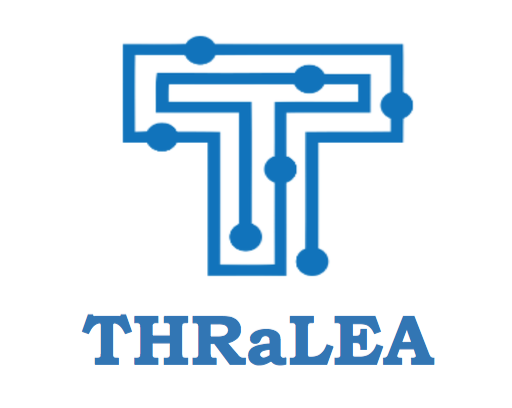Understanding the Differences Between Leadership and Management
In the realm of organizational dynamics, the terms "leader" and "manager" are often used interchangeably, but they represent distinct roles with different focuses and approaches. Understanding the nuanced differences between a leader and a manager is essential for creating a well-balanced and effective workplace. Let's explore the characteristics that differentiate these two roles.
Vision vs. Execution:
At its core, leadership is often associated with vision. Leaders are individuals who inspire and motivate others by painting a compelling picture of the future. They are driven by innovation, change, and the pursuit of a common goal. On the other hand, managers are primarily concerned with execution—they ensure that day-to-day tasks are completed efficiently and according to established processes.
Inspiration vs. Control:
Leaders inspire through their actions, charisma, and the articulation of a shared vision. They ignite passion, encourage creativity, and empower others to contribute their best. Managers, meanwhile, are more focused on control and coordination. They use systems, processes, and organizational structures to ensure that work is performed according to established guidelines.
Long-Term Goals vs. Short-Term Objectives:
Leadership often involves looking to the future and setting long-term goals. Leaders guide their teams toward a broader vision, fostering adaptability and innovation. Managers, conversely, concentrate on short-term objectives and the practical aspects of day-to-day operations. They ensure that deadlines are met, resources are allocated efficiently, and tasks are accomplished.
Risk-Taking vs. Risk Mitigation:
Leadership is inherently tied to risk-taking. Leaders encourage calculated risks, pushing boundaries in the pursuit of growth and improvement. They understand that innovation often involves uncertainty. Managers, on the other hand, are more focused on mitigating risks. They prioritize stability, ensuring that operations run smoothly and potential disruptions are minimized.
People-Centric vs. Task-Centric:
Leadership places a significant emphasis on people. Leaders build relationships, understand the strengths and weaknesses of their team members, and foster a collaborative and supportive culture. Managers, while certainly interacting with people, are more task-centric. They focus on organizing workflows, allocating resources, and ensuring that tasks are completed efficiently.
Adaptability vs. Stability:
Leadership thrives on adaptability. Leaders navigate change, embrace uncertainty, and guide their teams through transitions. They understand that flexibility is a key asset in a dynamic environment. Managers, on the other hand, provide stability. They establish structures and processes that create a predictable and orderly work environment.
Influence vs. Authority:
Leadership is fundamentally about influence. Leaders earn respect and followership not solely through their title or authority but by the impact they have on others. Managers, while possessing authority, derive their influence from their position within the organizational hierarchy.
In summary, while leaders and managers share some common attributes, their primary focus and approach differ significantly. Successful organizations often find a balance between effective leadership and management, recognizing the unique contributions each role brings to the table. Ultimately, fostering a workplace where both leadership and management are valued creates a harmonious and productive organizational culture.
